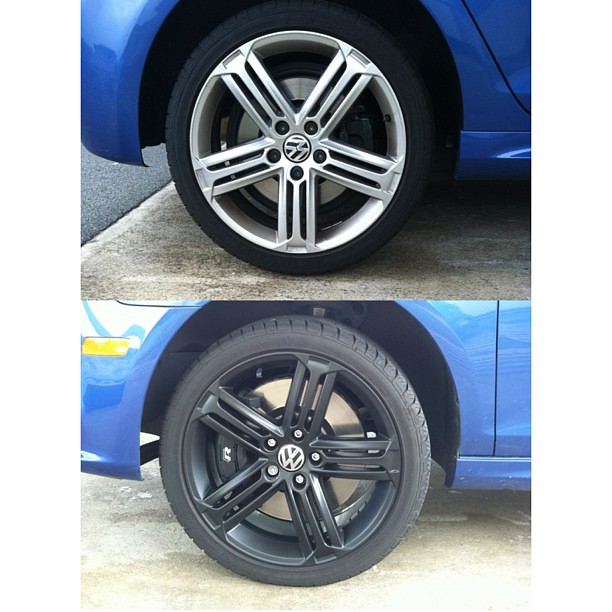The answer is simple!
If giving your car a car wash is equivalent to you taking a shower, then detailing your car is equivalent to doing your hair and making sure you look just a little nicer before you go out for a night on the town.
DIY: Do it Yourself
Why do so many people choose to detail their own cars versus taking it into a shop or a professional to do? Well the answer is relatively simple, not only does it save you money (for labor) but detailing your car builds a personal relationship with your car and makes you more aware of how you treat your car when you clean it up.
| Before/After car detailing |
| Clay Bar image |
How to DIY: Detailing
Before you detail your car here is a list of the items you will need:
- A Car
- A Clay Bar (used specifically for detailing a car)
- Clay Bar lubricant
- Microfiber towel
Step 1: Wash your car and dry vehicle thoroughly.
Step 2: (Wash your hands and dry them before performing this step.)
Break a piece of clay off from the main bar and shape it with your hands into a flat surface.
Step 3: Work in a small square section of your car at a time (about a foot and a half or 18 in), mist the clay bar lubricant over the area you are going to work with so that every inch is covered in the lubrication.
Step 4: Gently move the clay bar over the misted area and overlap passes going left and right and then up and down (NOTE: do not rely on downward force to clean the paint, you will want the clay bar to absorb the contamination. Some stubborn contamination will require more passes and time to remove!)
Step 5: Continue to work on the area until all contamination is removed. (NOTE: this will happen when the clay bar glide with little resistance across the paint and you will not hear any contamination being picked up by the bar.)
Step 6: You are now finished with you area! Wipe off the excess clay lube with a microfiber towel. Repeat steps 3-6 over the entire car.
Didn't understand any of the steps? Watch the video below for a visual representation of how using a clay bar on you car should be done.
Visual Representation of DIY: Clay Bar

